Prices in AUD. Shipping worldwide. Flat rate $8 postage per order within Australia. International by weight calculated at checkout. Read full terms.
-

Armenia (1)
-

Bangladesh (5)
-

Bhutan (5)
-

Borneo (7)
-

Brunei (8)
-

Cambodia (5)
-

China (125)
-

Hong Kong (11)
-

India (86)
-

Indonesia (68)
-

Japan (430)
-

Korea (12)
-

Laos (4)
-

Macau (1)
-

Malaysia (26)
-

Maldives (1)
-

Mongolia (2)
-

Myanmar (6)
-

Nepal (10)
-

North Korea (8)
-

Pakistan (10)
-

Philippines (13)
-

Russia (42)
-

Singapore (39)
-

Sri Lanka (20)
-

Taiwan (3)
-

Thailand (28)
-

Tibet (30)
-

Uzbekistan (1)
-

Vietnam (24)
-
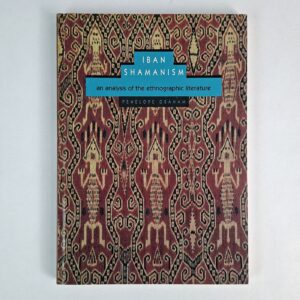
Iban Shamanism: An Analysis of the Ethnographic Literature
AU$100.00 Read MoreAdd to cartPenelope Graham
Canberra: Department of Anthropology, Research School of Pacific Studies, The Australian National University, 1994.An occasional paper of the Department of Anthropology, Research School of Pacific Studies, The Australian National University. With a foreword by Derek Freeman.
-
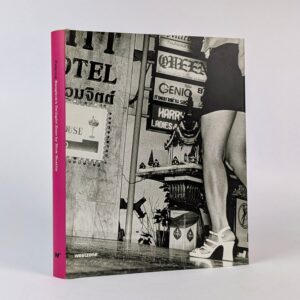
Patpong: Bangkok’s Twilight Zone: A Photographic Diary
AU$40.00 Read MoreAdd to cartNick Nostitz
London: Westzone Publishing, 2000. -


Going East: Two Decades of Asian Photography
AU$100.00 Read MoreAdd to cartMax Pam
: Marval, 1992.With an introduction by Tim Winton. This copy inscribed by the photographer to the publisher of his later books, Atlas Monographs and Narcolepsy, Gianni Frinzi.
-
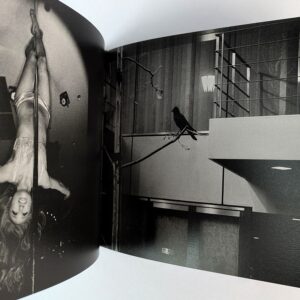

Tokyo Blur
AU$65.00 Read MoreAdd to cartCesar Ordonez
: The Folio Club, 2014.Photo book of Tokyo nightlife by the Spanish photographer. “I’m in Tokyo. It’s dark and raining. Everything blurs around me. The faces, lights, the times I’ve gone through. I feel myself fading away, losing control. I’m not worried, far from it: a sense of stillness, recognition and renewal flows through me. Beyond the first mists that hampered my sight, everything now comes limpid, crystal clear. I begin to tidy up my lifetime, trying to comprehend why I came here”. (artist’s statement) Edition of 200 unnumbered copies. This copy signed by Ordonez.
-


Change
AU$150.00 Read MoreAdd to cartMikiko Hara; Stephen Dixon
New York: The Gould Collection, 2016.The first volume of The Gould Collection pairing Stephen Dixon’s short story Change with Mikiko Hara’s Tokyo photographs from 1996 to 2009. This copy signed by both Hara and Dixon on a tipped in sheet.
-
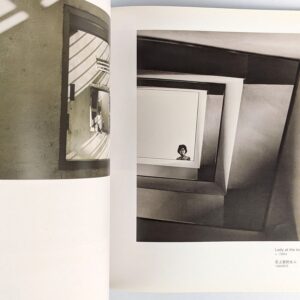
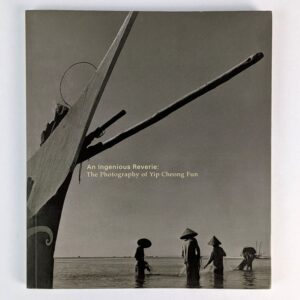
An Ingenious Reverie: The Photography of Yip Cheong Fun
AU$80.00 Read MoreAdd to cartBridget Tracy Tran; Yip Cheong Fun
Singapore: National Library Board, 2006.Posthumous retrospective monograph on the Singaporean photographer.
-
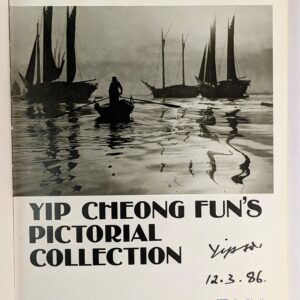
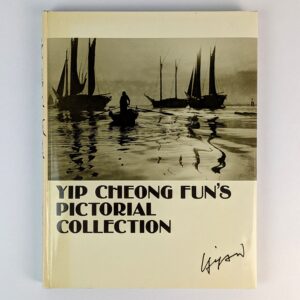
Yip Cheong Fun’s Pictorial Collection
AU$400.00 Read MoreAdd to cartYip Cheong Fun
[Singapore]: [Yip Cheong Fun], [1985].Late career monograph of the Singaporean photographer Yip Cheong Fun. This copy signed and dated by the photographer 12.3.86 with the stamp of Leong Wai Hon, Singapore, and with a newspaper obituary clipping for Fun laid in.
-
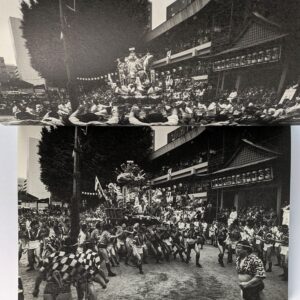
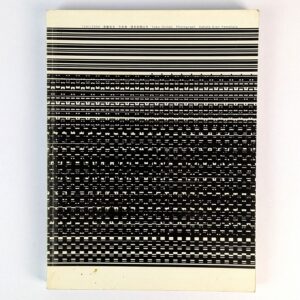
1241/2004
AU$50.00 Read MoreAdd to cartYuko Shindo
[Fukuoka]: Shindo Yuko Studio Inc, 2004.Photo book of the 2004 Hakata Gion Yamakasa by local Japanese photographer Shindo Yuko. This copy signed by the photographer.
-
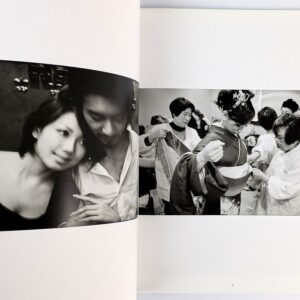
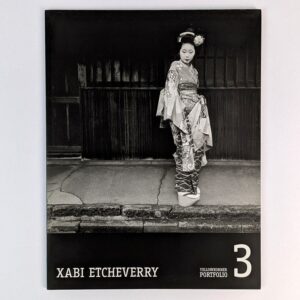
YellowKorner Portfolio 3: Xabi Etcheverry
AU$60.00 Read MoreAdd to cartXabi Etcheverry
: YellowKorner, 2011.Photobook of works by Xabi Etcheverry from his years in Japan.
-
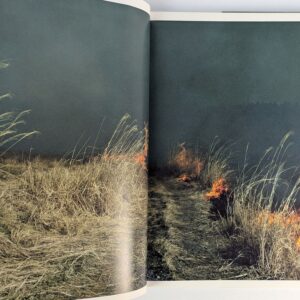
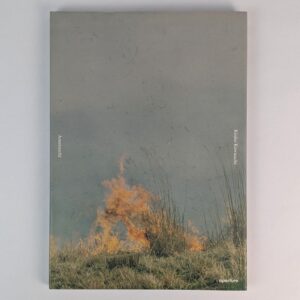
Ametsuchi
AU$200.00 Read MoreAdd to cartRinko Kawauchi
New York: Aperture, 2013.“Inspired by two Japanese characters meaning heaven and earth and taken from the title of one of the oldest pangrams in Japanese–a chant in which each character of the Japanese syllabary is used. In Ametsuchi, Kawauchi brings together images of distant constellations and tiny figures lost within landscapes, as well as photographs of a traditional style of controlled-burn farming (yakihata) in which the cycles of cultivation and recovery span decades and generations. Punctuating the series are images of Buddhist rituals and other religious ceremonies–a suggestion of other means by which humankind has traditionally attempted to transcend time and memory.” (from Aperture website) This copy signed by the photographer.
-


Bosozuku
AU$80.00 Read MoreAdd to cartMasayuki Yoshinaga
London: Trolley, 2002.Photo book of Japanese biker gangs.
-
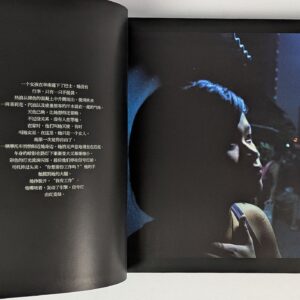
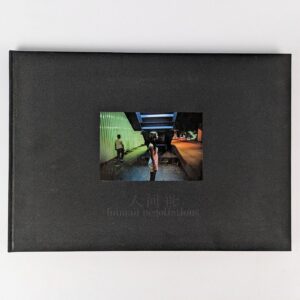
Human Negotiations
AU$500.00 Read MoreAdd to cartKatharina Hesse; Lara Day
Beijing: Three Shadows Photography Art Centre, 2011.Photo book of Bangkok female and transsexual sex workers. Photography by Kathanrina Hesse with text based on interviews by Lara Day. This copy signed by Hesse.
-
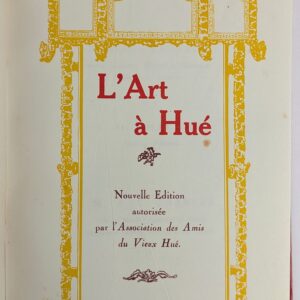

L’Art a Hue Nouvelle Edition
AU$800.00 Read MoreAdd to cartl’Association des Amis du Vieux Hue
Hanoi: Imprimerie d’Extreme-Orient, No date.A separately issued volume associated with the Bulletin des Amis du Vieux Hue and a classic of Vietnamese motifs, art, and architecture. The Association des Amis du Vieux Hue was a French colonial-era scholarly society based in Hue, the Bulletin was issued 1914-1944, this special issue circa 1925.
-
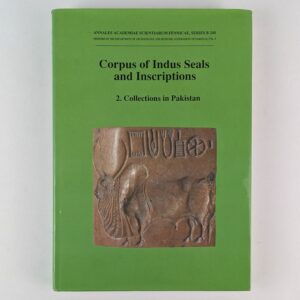
Corpus of Indus Seals and Inscriptions: 2. Collections in Pakistan
AU$500.00 Read MoreAdd to cartSayid Ghulam Mustafa Shah; Asko Parpola
Helsinki: Soumalainen Tiedeakatemia, 1991. -

Krishna: The Divine Lover: Myth and Legend through Indian Art
AU$50.00 Read MoreAdd to cartEnrico Isacco
Boston: David R. Godine, 1982. -
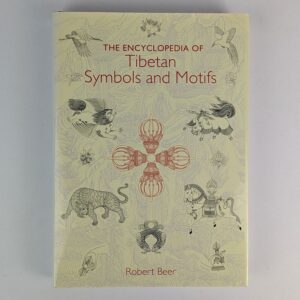
The Encyclopedia of Tibetan Symbols and Motifs
AU$150.00 Read MoreAdd to cartRobert Beer
London: Serindia Publications, No date. -
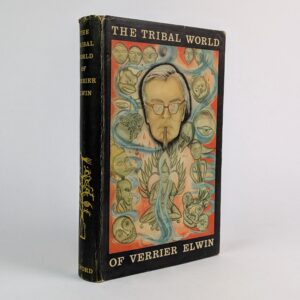
The Tribal World of Verrier Elwin: An Autobiography
AU$80.00 Read MoreAdd to cartVerrier Elwin
Oxford: Oxford University Press, 1964. -
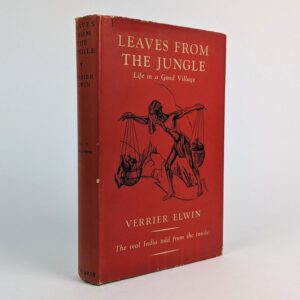
Leaves from the Jungle: Life in a Gond Village
AU$80.00 Read MoreAdd to cartVerrier Elwin
London: John Murray, 1936. -
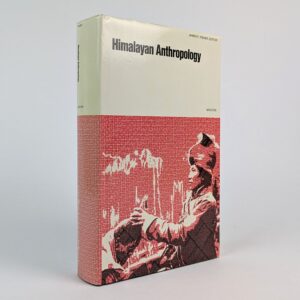
Himalayan Anthropology
AU$100.00 Read MoreAdd to cartJames F. Fisher
The Hague: Mouton Publishers, 1978. -
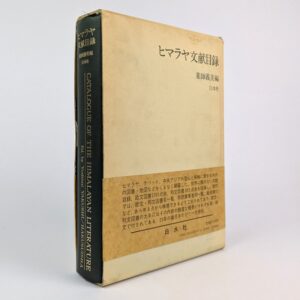
Catalogue of the Himalayan Literature
AU$300.00 Read MoreAdd to cartYoshi Yakushi
Tokyo: Hakusuisha Publishign Co., 1984.The standard bibliography for works on the Himalayas.
